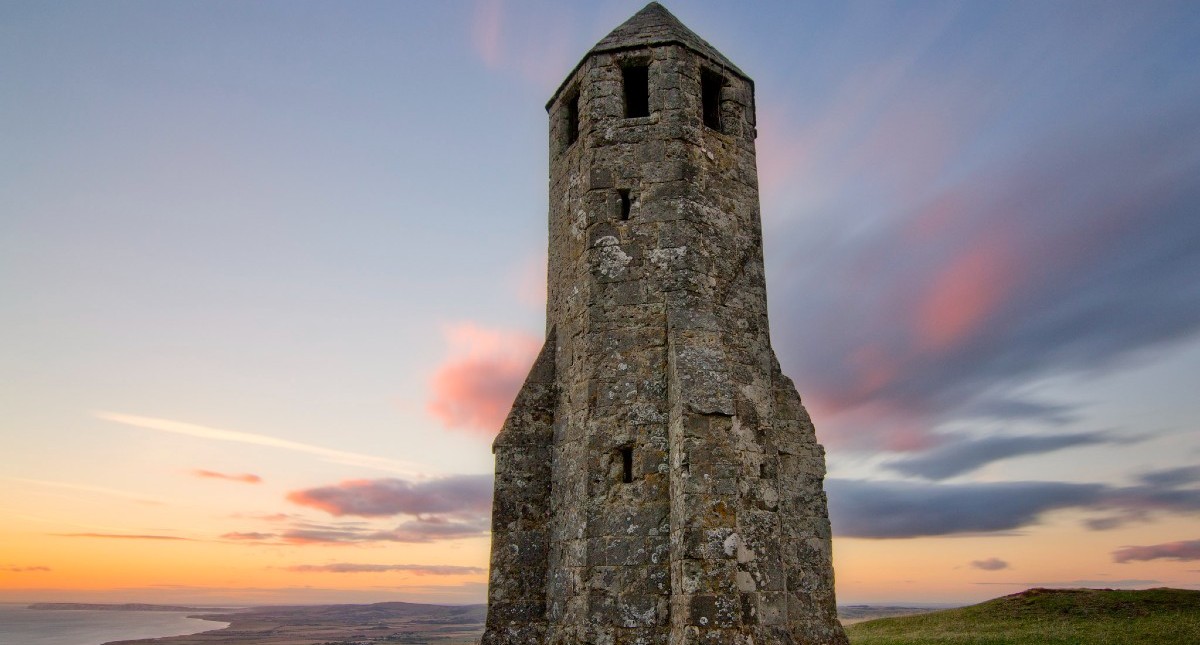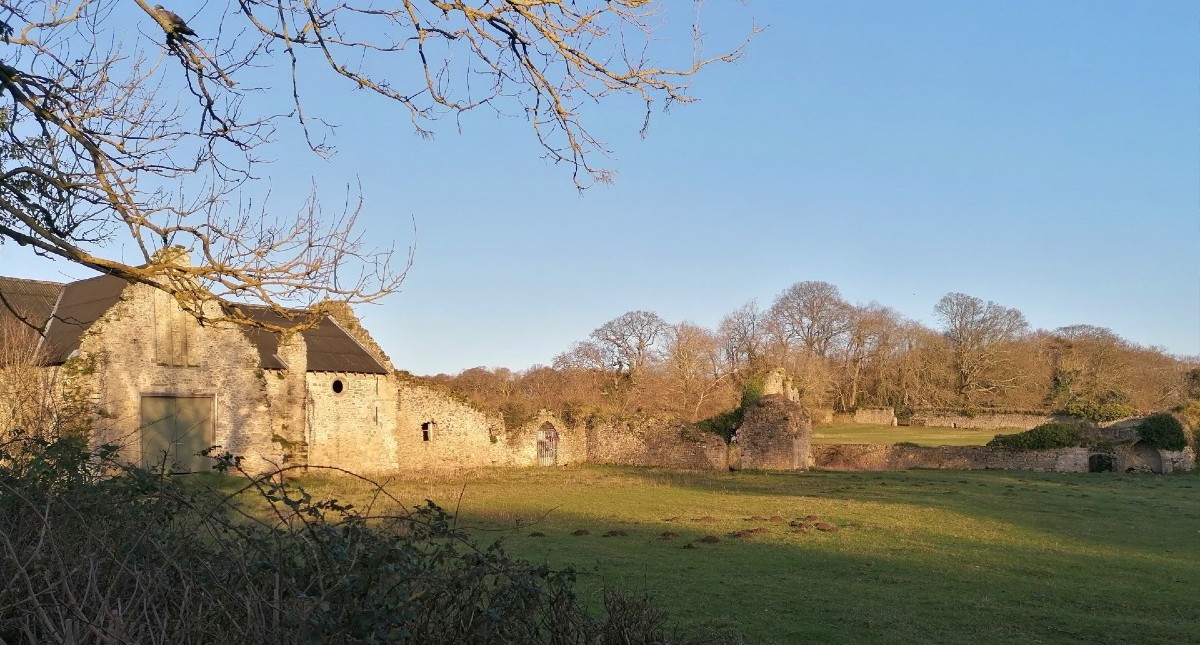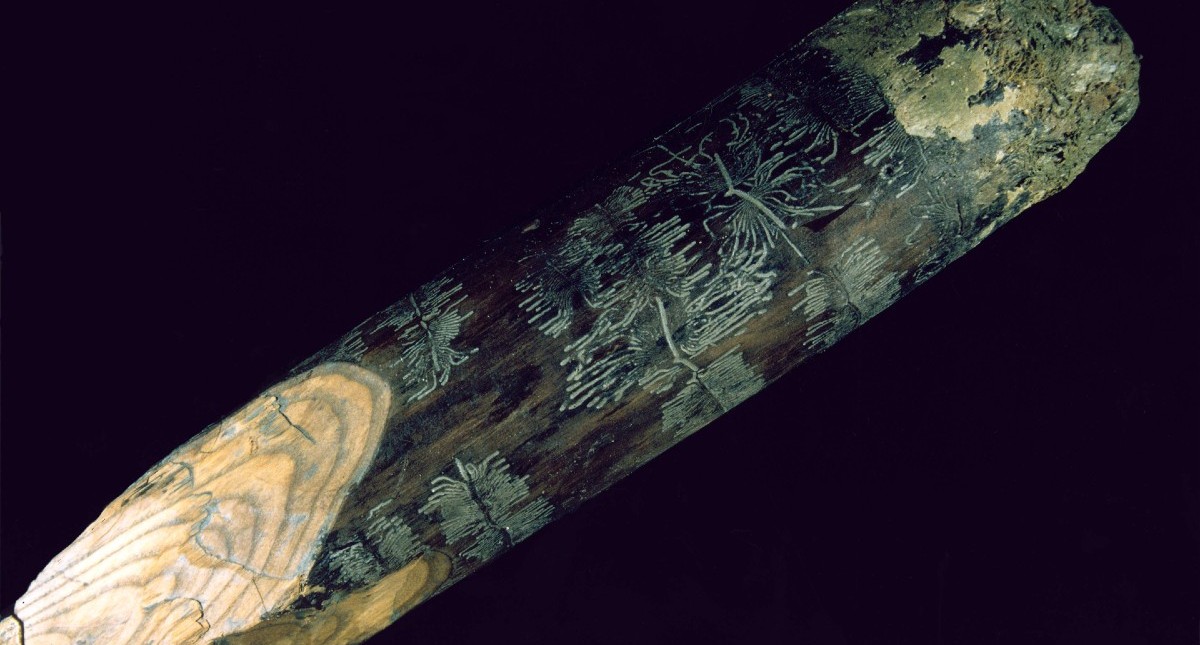Did you know that 125 million years ago, there was no Isle of Wight? It was landlocked and part of a large continent.
The Isle of Wight provides a wealth of archaeology with something for everyone to research and explore.
This #AskAnArchaeologist day, we have teamed up with the Isle of Wight County Archaeology and Historic Environment Service to give you a chance to ask questions, and an opportunity for archaeologists to share their knowledge.
The Archaeology and Historic Environment Service form part of the council’s Heritage Service. Their role is to protect, enhance and promote knowledge and enjoyment of the historic environment of the Isle of Wight.
They maintain the Isle of Wight Historic Environment Record, which includes information about known archaeological sites and findspots, historic buildings, military and industrial heritage, historic landscapes, shipwrecks, and findspots, on land and in the coastal and marine zone around the Island.
Here are your top five questions for the team:
1. Is there a printed map available showing all the specific sites of archaeological interest?
There are so many archaeological sites on the Isle of Wight that it would be difficult to show them all on a printed map. Everything is recorded in the Isle of Wight Historic Environment Record, a database and computerised map. We are hoping to get more information available online in the future but in the meantime you can contact us to find out more about archaeology in your area.
2. What is your favourite archaeological site on the Island, and why?
There is so much wonderful archaeology here that it is difficult to choose. Among our favourites are the Neolithic Mortuary Enclosure on Tennyson Down which is more than 4500 years old, the Bronze Age Burial mounds on the Downs at Brook and Mottistone, the Pepper Pot on St Catherine’s Hill and the ruins of the medieval abbey at Quarr.
Image - ruins of the medieval abbey at Quarr from Isle of Wight Archaeology and Historic Environment Service
3. How far back does the history go on the Isle of Wight?
We have records for the earliest evidence of humans, in the Palaeolithic (Old Stone Age) period, dating from about half a million years ago. There are some nationally important Palaeolithic sites on the Island, including at Priory Bay and Great Pan Farm. Some of the finds are on display at the Guildhall Museum.
4. What is the most interesting thing you’ve found on the Island?
We have done a lot of work in the intertidal zone and material like wood and leather which doesn’t usually survive is preserved in the thick mud. We found trees that were dated by dendrochronology (tree ring dating), and wooden posts which had bark and moss still surviving, and tool marks made when the points were sharpened.
Image - bark beetles on medieval post from Isle of Wight Archaeology and Historic Environment Service
5. Does the Isle of Wight have any links with Stonehenge?
We have sites that are the same age as Stonehenge but we haven’t found any specific links yet.



 to add an item to your Itinerary basket.
to add an item to your Itinerary basket.









.png)




